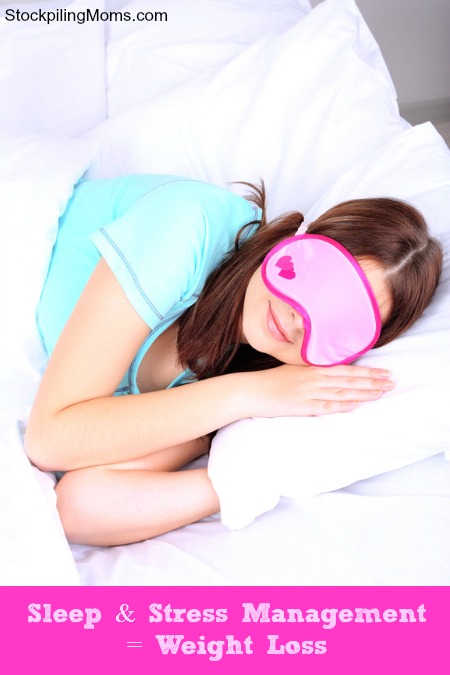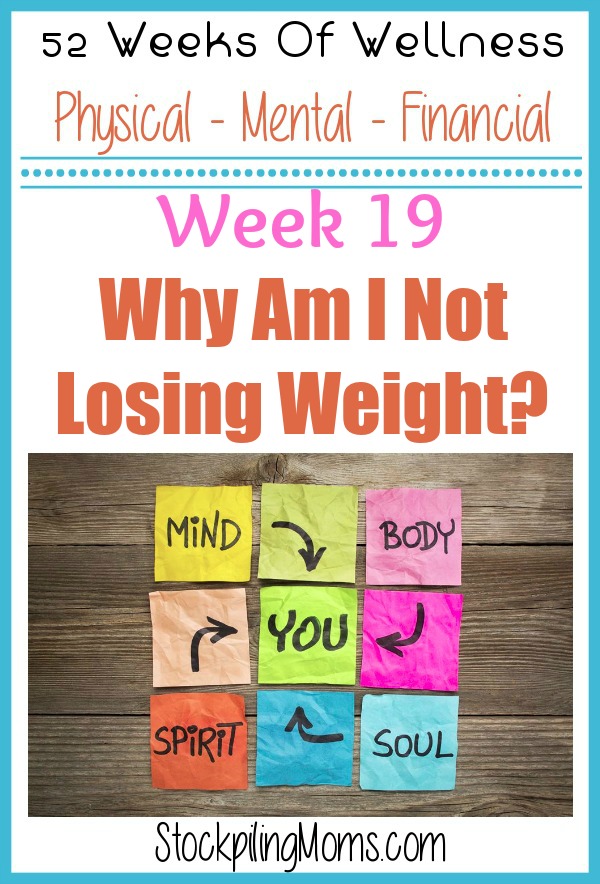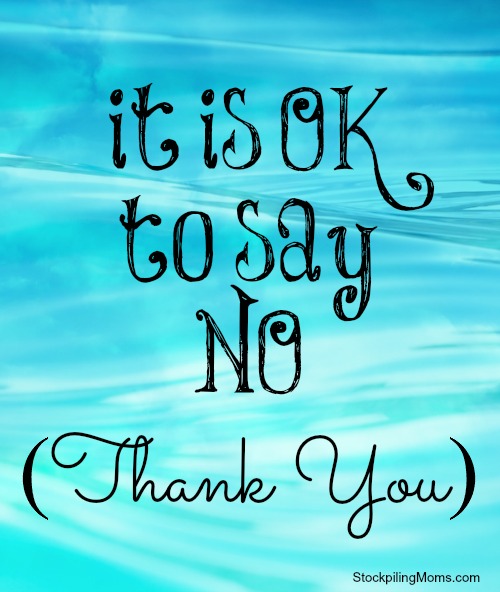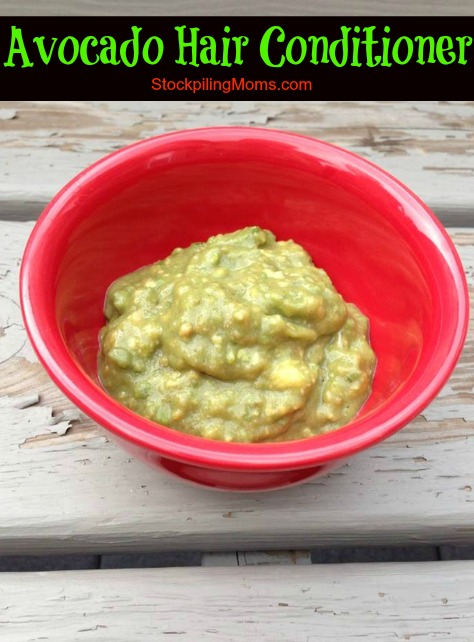Four yoga poses to reduce stress, anxiety, and mild depression
Four yoga poses to reduce stress, anxiety, and mild depression
I am excited to share with you this three part series with four yoga poses to reduce stress, anxiety, and mild depression. Yoga is something I have personally turned to when I was suffering from stress and anxiety prior to my diagnosis of Celiac disease. There are four yoga poses to reduce stress, anxiety, and mild depression while stretching the hips, thighs and energizing the spine. Also now you have Part 2 and Part 3 you may want to read those posts as well.
Yoga is growing in popularity and is known to be a powerful tool to help the body gain flexibility and strength and, for the mind, peace and mindfulness. There are literally thousands of yoga postures to choose from and each one can teach us so much about ourselves. When we are in a posture, are we satisfied where we are or do we compare ourselves to the girl next to us and struggle to keep up with her? Do we enjoy taking a few moments in a posture or are we antsy to move on to the next best thing? Are we pushing ourselves over the edge in a challenging yoga class or perhaps scared of the edge or afraid of trying new posture?
Where might these thoughts, limitations or expectations carry over into your work environment? Home life? Relationships?
As you practice these postures, use the photos as examples of the full posture but, as you begin, don’t hold yourself hostage to the expectation of being in that full posture. Listen to your body otherwise you may be the cause of your stress and anxiety! Practice finding santosha, or contentment, in your full expression of each pose.
Balasana, Child’s Pose
Balasana, or Child’s Pose, is a great way to listen to your breathing and reduce stress. It gently stretches the hips, thighs and ankles and relieves back and neck pain when the head and torso are supported.
To bring your body into the posture, place the tops of your feet onto the ground with the big toes touching, sit on your heels then lay the belly across the thighs, and finally connect the forehead to the ground or to a blanket or yoga block. If you have difficulty connecting your sit bones to your heels, place a blanket between your thighs and calves. Another option if your chest or belly gets in the way is, still keeping the big toes connected, spread the knees out to about a yoga mat-width and then reach the arms overhead, next to the ears, with the palms flat on the mat.
If you are pregnant or have a knee injury this posture may not be available for you.
Also now you have Part 2 and Part 3 you may want to read those posts as well.
Other Posts You May Enjoy:
How Local Honey Can Help With Allergies
This post written by Beck Anderson. She is wife to a fixed-wing pilot and helicopter lover, registered yoga teacher at The Yoga Place, and traditional foodie blogger and Holistic Coach at Wellness Hammock.
Disclaimer: We are not providing medical advice. Always consult a physician before you begin an exercise program.
Follow Stockpiling Moms:
Facebook
Twitter
Pinterest
YouTube
Free Email Newsletter

Melissa is a football and soccer mom who has been married to her best friend for 24 years. She loves sharing recipes, travel reviews and tips that focus on helping busy families make memories.









Please send info on other 3 poses!! Thank you!
Part 2 – https://www.stockpilingmoms.com/2012/08/four-yoga-poses-to-reduce-stress-anxiety-and-mild-depression-part-2/
Part 3 – https://www.stockpilingmoms.com/2012/08/four-yoga-poses-to-reduce-stress-anxiety-and-mild-depression-part-3/